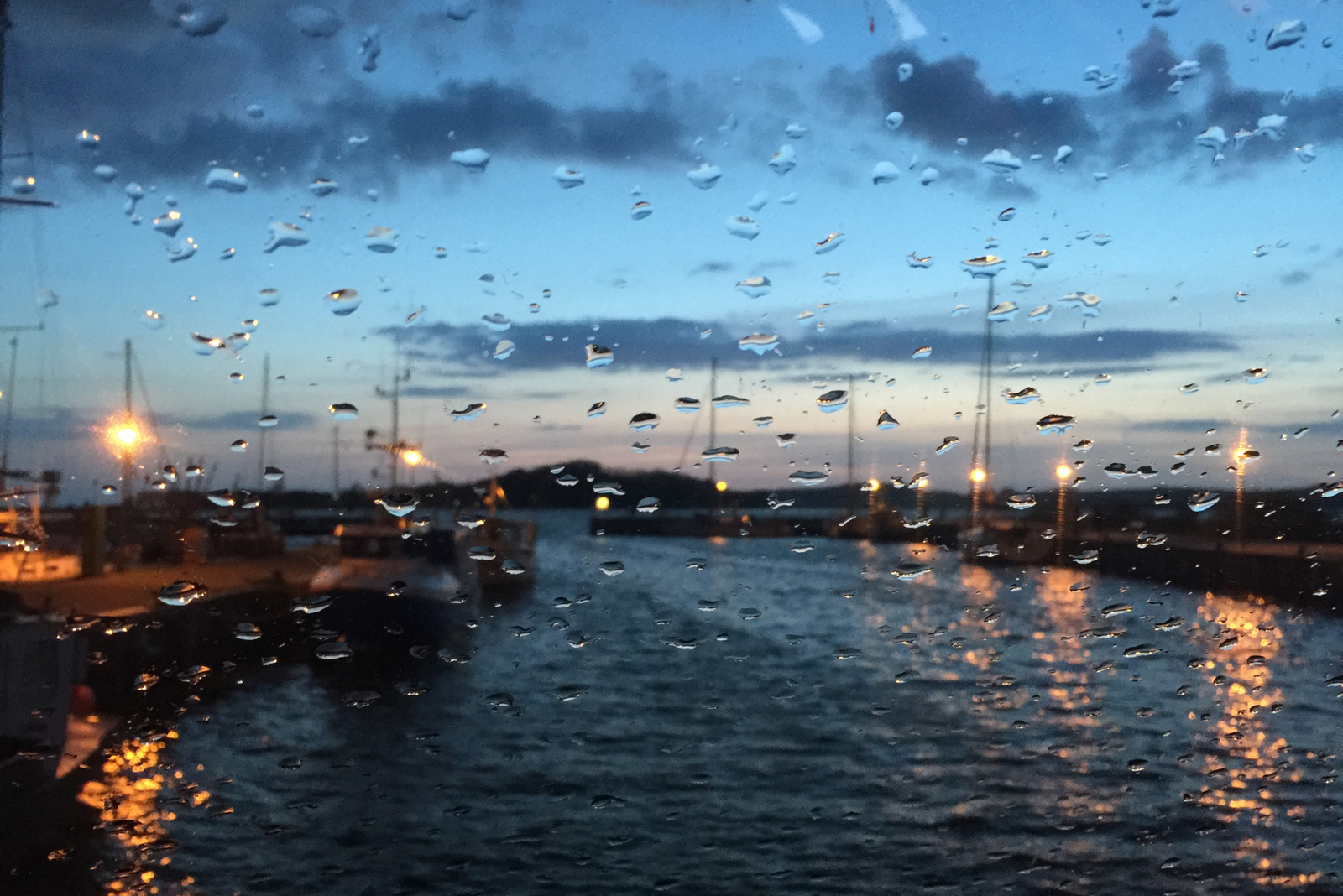Take 40% Off Sitewide! Use Code: GOALS40
Take 40% Off Sitewide! Use Code: GOALS40

Tips for Entering Port in Bad Weather and Rough Water
by Bob Figular October 04, 2024
As a mariner, you know that not every day is smooth sailing. Rough weather and tricky conditions can make it difficult to navigate and enter or exit port. To make sure you’re prepared to safely navigate in all conditions, follow this simple guide.
Get a Home-Field Advantage
Local knowledge can make the difference between safe passage and real trouble for you and your crew.
Certain inlets and rivers experience extreme conditions more often than others, so learning how rough weather affects the various harbors and entrances in your local area provides important insights. Gather as much information as possible about your area before you encounter rough weather. This way, you’ll be ready to guard against potential dangers and other problems when the pressure’s on.
If you’re operating in a new or unfamiliar area, you can gain “local knowledge” through cruising guides or Coast Pilots found in many ship stores and online.
Tips for Entering Port in Rough Water
Regardless of the forecast, learning the unique features of each harbor, inlet, or river you plan to enter will help you navigate more successfully. And in rough weather, it could save you from disaster.
Specifically, get information on:
- Where waves break: Know how far out into the channel they break and whether they’re near jetties, shoals, or directly across the entrance.
- How the entrance affects wave patterns: For instance, jetties may push waves back across the entrance to combine with original waves.
- The presence of outer bars: Some entrances have an outer bar that breaks and then additional breaks farther in. Others are susceptible to a large, heaving motion that creates a heavy surge as it hits rocks or structures.
- The channel location: Find out where the channel actually is. If shoaling has occurred, your maneuvering room may be significantly reduced.
- The depths of the water: Account for any difference between charted depth and actual depth due to water stage, height of tide, recent rainfall, or atmospheric pressure effects.

Navigating Rough Currents and Waves
To stay safe in rough waters, pay special attention to the direction of the current and waves when entering a harbor, inlet, or river.
The most challenging condition you can encounter is when the current opposes the seas near an entrance. In this case, the current shortens the length of the waves and increases the wave height. This makes the waves closer together and much more unstable.
You’ll notice that, as you’re heading into the oncoming seas, the current comes from behind your vessel and pushes you out at a relatively higher speed. You can reduce this effect (and give yourself more time to react between waves) by slowing your vessel. However, since the current is coming from behind, you still need to keep enough headway to steer effectively.
When passing through an entrance, maneuvering room is often limited — the only safe water may be in the area you just left. Be ready to back down and avoid the breaking crest of a wave.
This situation can become critical in following seas with a head current, where the waves break more often and could quickly overtake your vessel. At the same time, the current reduces your boat’s speed over the ground (SOG), exposing it to even more waves.
In this situation, it’s important to remain calm. Remember that with all following seas, you need to stay on the back of the wave ahead, so use extra caution to ensure you don’t go over. Concentrate both on the crest in front of you and the waves behind, keep a hand on the throttle, and adjust your power continuously.

Be Prepared for Anything
Certain ports are more difficult to navigate than others, especially in rough weather. Remember, preparation with local knowledge is key, as is knowing your safety protocols.
If you’d like to expand your knowledge of boat safety strategies and techniques, taking a captain’s license or recreational boating course is a proven and popular way to do so. You’ll gain the skill and expertise to navigate in any condition and respond to any emergency.
Mariners offers both captain’s license training and certificate programs for recreational boaters. From crew to captain and everything between, we have a course that’s right for you. Learn more at Mariners Learning System today.
Leave a Comment
Comments will be approved before showing up.
